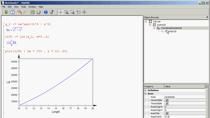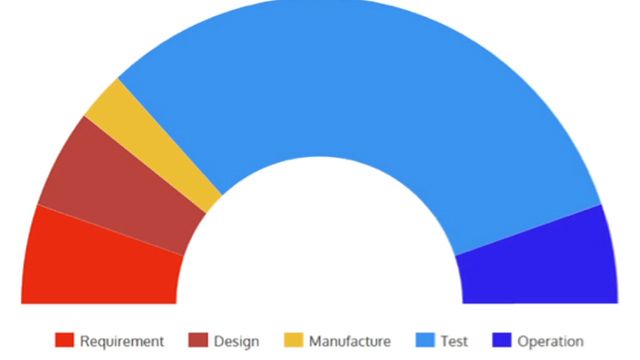Digital Engineering for System of Systems
Overview
The added complexity in new aerospace and defence programs challenges traditional ways of design and collaboration. One of the main drivers of this complexity increase is the amount of data generated, not only during operation, but also at design time.
Being able to guarantee a digital continuity among the different design phases is crucial to cope with this data complexity while enabling collaboration amongst teams and companies. A good way to enable digital continuity is working and communicating through models, using different fidelity levels when appropriate.
Having a unified digital environment becomes crucial to deliver high-quality systems quickly, and cost-effectively.
Have you ever wondered what you would be able to perform in a digital environment that can offer a simulated and representative environment to?
- define operational and mission-oriented requirements
- define and allocate resources to achieve different missions
- define and manage relationships with supplier organizations
- anticipate integration challenges focusing on the definition of interfaces
- ensure a continuous evaluation of the compliance with the operational requirements along the development process
Highlights
In this presentation, you will learn how MathWorks solutions can support your digital transformation and enable various ways of collaboration:
- Identify mission objectives and the required assets
- Anticipate objectives, contributions and performance needed
- Validate assumptions and demonstrate early through regular MVPs
- Accelerate the readiness of your requirements, models and testing environment
About the Presenter
Alex Shin is a Principal Application Engineer at MathWorks. He specialises in helping customers in the area of simulation, verification and automatic code generation, primarily for commercial/production projects. His recent work includes defining simulation and verification process and implementation of Model-Based Design tools in large organisations. Mr. Shin received Bachelor’s degree from University of New South Wales in mechatronics engineering.
Recorded: 27 Oct 2022




